JOURNEY TO FIND COCONUT PAPER
In a painting workshop located on the coast of Son Tra (Da Nang City), every day, artist Le Thanh Ha (47 years old) and his colleagues work tirelessly with barrels of pulp and unique mesh molds to maintain the lines. To make coconut fiber appear on the paper surface and transform into a semi-relief like today, he had to go through a difficult process to find the secret. "The first requirement for making paper is that the fiber must have the right toughness. I tried bamboo, cajuput, mulberry... but realized that many countries in the world have used this material. Water coconut is good but not naturally white. Then one day, driving from Da Nang to Hoi An, I saw people cutting periwinkle leaves, I thought: if water coconut can do it, then periwinkle can do it too. Coconut paper was conceived from that time", Mr. Ha said.

Coconut powder is spread on the mold by artist Le Thanh Ha
PHOTO: HOANG SON
Graduated from Hue University of Fine Arts and after a long time working in the field of building brand identities for businesses, artist Le Thanh Ha decided to turn to the path of finding his own type of paper to unleash his creativity. From the beginning, he set strict criteria for himself, which was to be absolutely loyal to traditional materials, say no to chemicals, not copy paintings and not follow the market. That passion took him through many rural areas, following the traces of the ancient papermaking profession. From learning the paper pouring technique of the Mong people, finding the "xeo" pouring technique of the Pa Co people, to surveying the handmade paper lines in many regions...; all of which led him to a very Vietnamese material: periwinkle.

Artist Le Thanh Ha uses a water knife to paint on coconut paper
PHOTO: HOANG SON
The process of making coconut paper is very strict: after harvesting, the coconut branches are peeled off their green skin, split into thin slices, soaked in water and then boiled with lime for 24 hours. "The most important step is to create a natural white color from the incubation and fermentation process for 10-17 days depending on weather conditions and the water must be changed continuously. Although no one forbids it, I always keep in mind that everything must be natural, no chemicals, no bleaching, so each piece of coconut paper is a human-friendly product...", Mr. Ha shared.
From the first batches of paper, artist Le Thanh Ha built the brand "My hometown paper" with the desire that each region would make a line of paper with its own identity. Later, to make it easier to recognize with international friends, he changed the name to La'DUA art, which both means "art from coconut" and echoes the familiar tones of the Vietnamese-French language.
From a small workshop by the sea, he went back and forth to the Pa Co community to teach paper pouring techniques for tourism . But the highlands lack water pressure to adapt new techniques, so they still keep the traditional way of doing things. He accepted that and continued his own creative journey, combining old techniques with new discoveries from his own manual experience.
" WATER POND" AND CREATIVE WORKS
While some other types of art paper rely on printing techniques - "xeo" jerking through a tank - printing from separate patterns, artist Le Thanh Ha chooses a different path: engraving directly on the surface of wet pulp using water pressure through a mold to keep the unique lines. "I do not print each layer but engrave. The water flow is the engraving knife," he said. Pointing to the pressure hose - the most important tool in the painting studio, he explained: "For me, it is the "water knife". This method opens up a new visual language: water carving creates depth on the surface of the pulp into blocks - lines - layers, coconut fiber creates sunken and raised tones, and time creates durability for hundreds of years like ancient paper.

Semi-relief painting made from coconut paper gives different effects in different lighting conditions
PHOTO: HOANG SON
To have a complete painting, the workshop must go through 10 stages, from drawing patterns, creating molds, cutting decals, sticking to keep the lines, pouring paper, spreading powder, carving with water to drying... After completing the painting, there will be the finishing process with framing the box, making the electrical system, and mounting the paper. Everything is done by hand and meticulously. "The pattern printed with water pressure in the Japanese Rakusui Washi style requires the artisan to be very skillful in adjusting the strength and weakness of the water pressure, creating thick and thin layers as desired on the paper surface. This is the stage that determines the aesthetics of the coconut paper painting, so the artist must be delicate," said Mr. Ha.

Coconut paper can be used to make many interior products.
PHOTO: HOANG SON
Coconut paper is not just used for making paintings. The artist said that thanks to its naturally translucent fiber structure, each piece of paper has a different shade due to its thickness, causing the painting to change color according to the weather and light, "one style during the day, another style at night". That is why resorts and interior spaces seek coconut paper to make lamps, wall panels, decorative panels... both rustic and luxurious, and durable for hundreds of years thanks to the paper layer combined with the oil-painted canvas background. "This paper is very alive and dynamic!", artist Le Thanh Ha laughed and added: "It does not stand still but creates emotions for the space itself". (to be continued)
Source: https://thanhnien.vn/ky-nghe-doc-la-tuyet-chieu-dung-dao-nuoc-tren-giay-dua-185251122214233374.htm


![[Photo] Prime Minister concludes trip to attend G20 Summit in South Africa](/_next/image?url=https%3A%2F%2Fvphoto.vietnam.vn%2Fthumb%2F1200x675%2Fvietnam%2Fresource%2FIMAGE%2F2025%2F11%2F24%2F1763944494358_vna-potal-thu-tuong-ket-thuc-chuyen-tham-du-hoi-nghi-thuong-dinh-g20-tai-nam-phi-8428321-4810-jpg.webp&w=3840&q=75)





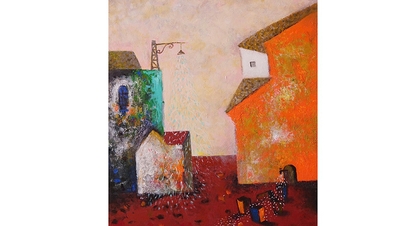

























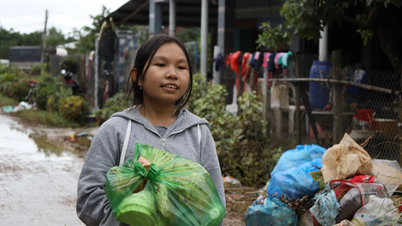




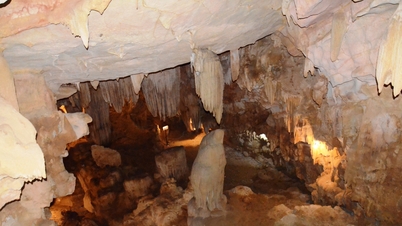


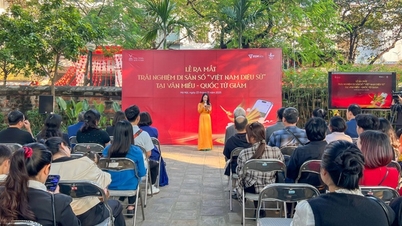



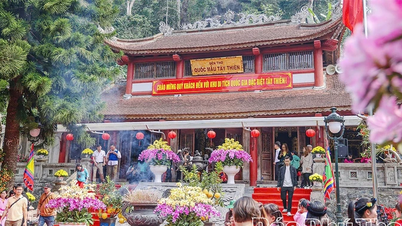






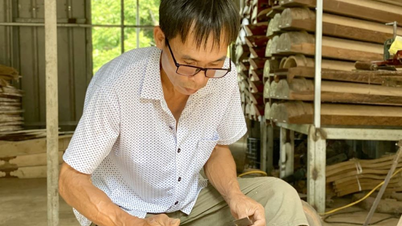






















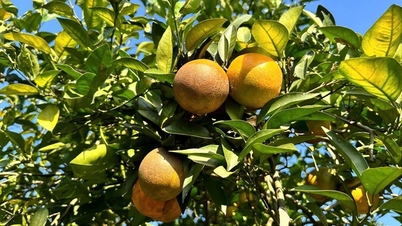









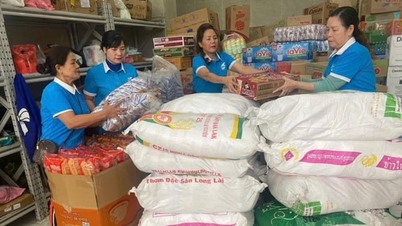
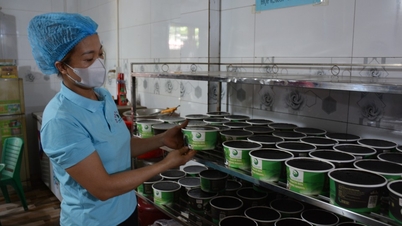















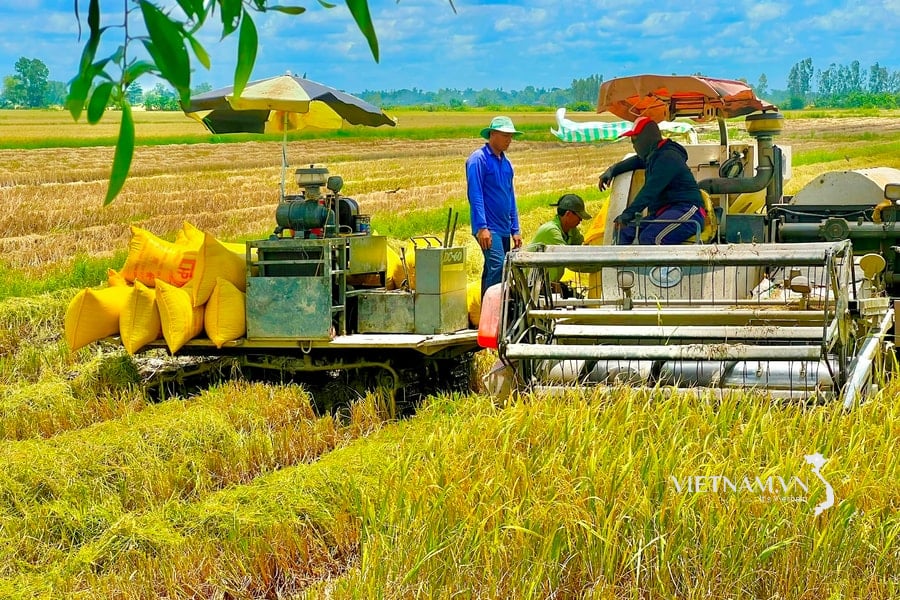

Comment (0)